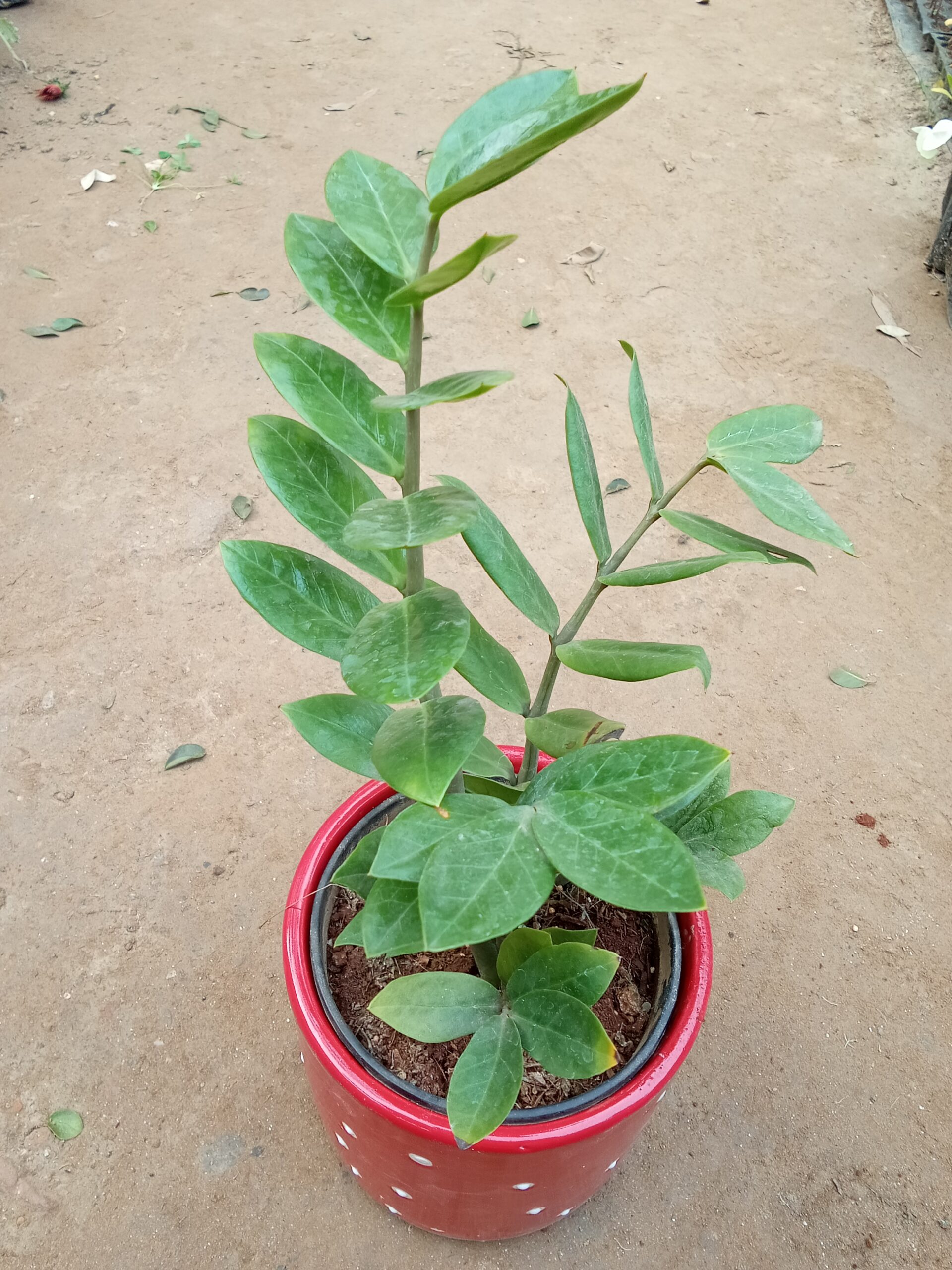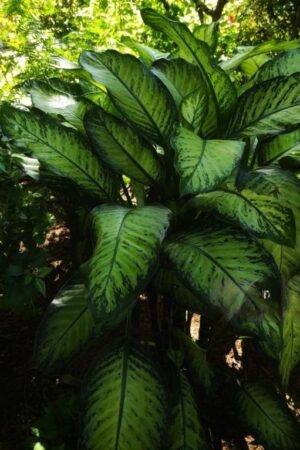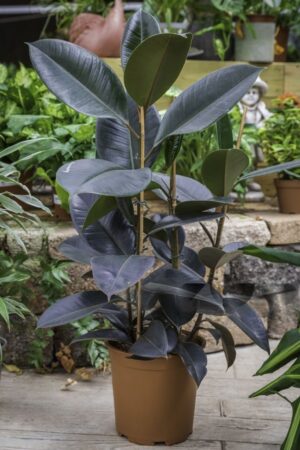Plant Description
- Appearance: ZZ plants have shiny, dark green, oval-shaped leaves that grow on long, arching stems. The leaves are typically about 6-8 inches long and have a waxy texture. They can be quite attractive and add a touch of elegance to indoor spaces.
- Lighting: ZZ plants can tolerate a wide range of lighting conditions, from low to bright, indirect light. However, they tend to do best in medium to bright, indirect light. Avoid direct sunlight, as it can scorch their leaves.
- Size: The plant’s growth habit is upright, and it can reach a height of about 2-3 feet when grown in optimal conditions. It’s a slow grower, so it can maintain a compact size for a long time.
Fertilizer
- ZZ plants don’t require a lot of fertilizer, but occasional feeding can promote healthier growth
- Use a balanced, water-soluble houseplant fertilizer.
- Dilute the fertilizer to half or quarter strength, as ZZ plants are not heavy feeders.
- Apply the diluted fertilizer to the soil during the growing season (spring and summer) every 2-3 months.
- Avoid over-fertilizing, as this can lead to salt buildup in the soil, which can harm the plant.
Accessories
- Container: Choose a pot with good drainage holes to prevent water from accumulating in the bottom.
- Neem Oil (for Pest Control): ZZ plants are generally pest-resistant, but in case of occasional infestations, having neem oil or an insecticidal soap can be helpful for controlling pests.
- Humidity Tray: A humidity tray or shallow dish filled with water and pebbles can be placed near the ZZ plant to provide additional humidity, especially in dry indoor environments.
- Watering Can: Use a small watering can with a narrow spout to deliver water directly to the soil and avoid splashing the leaves.





Reviews
There are no reviews yet.